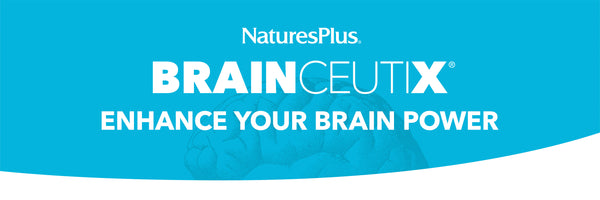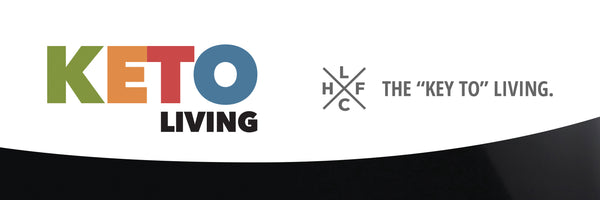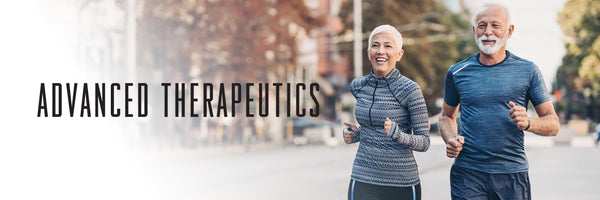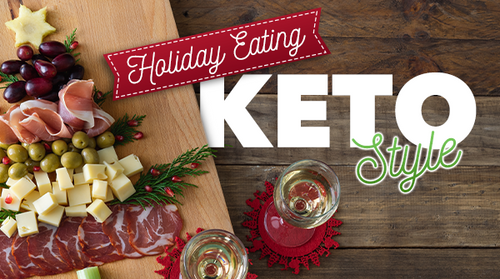Low-carb diets first became popular in the 1960s, when cardiologist Robert C. Atkins, MD, developed his then-innovative eating plan: It emphasized protein and fat while severely restricting carbohydrates.
Low-carb eating is here to stay. Many people like the forbidden approach of a diet that allows, even encourages, large amounts of high-fat foods as a way to lose weight.
Updated versions of reduced-carbohydrate eating, such as the keto and low-carb Paleo diets, have all taken a page or two from Atkins with slightly different tweaks.
Why Cut Carbs?
Carbohydrates provide your body with glucose (blood sugar), its main fuel source.
Popular snacks and binge-worthy foods tend to be simple carbs, including sugary sweets and baked goods made from refined flours. Fruits and vegetables are complex carbohydrates, which include higher levels of fiber and other healthful substances. In addition, this category covers starches such as whole grains and legumes (beans, peas, etc., some of which also supply protein).
No fixed definition exists for low-carb diets, but most follow similar guidelines. Since carbohydrates include sugar, starch and fiber, a low-carb regimen is based on meats, fish, eggs, nuts, seeds, low-carbohydrate vegetables and fruits (such as greens and berries) and healthy fats. High-carb foods are forbidden or limited; they include refined grains, potatoes, sugary drinks and sweets.
Specific plans vary in carbohydrate content. The most restrictive may be as low as 20 to 50 grams of carbs per day, which strictly limits fruit, aside from berries, although this level allows for some vegetables. A plan of 50 to 100 carb grams includes vegetables and fruits; the least-restrictive plans, in the 100- to 150-gram range, may include some starchy foods.
Controlling Glucose to Control Weight
The higher glucose levels that occur when you eat too much simple carbohydrate can interfere with insulin, the body's main blood sugar controller. Under such conditions, "extra calories are much more easily stored as body fat and results in unwanted weight gain," says nutritionist Keith Kantor, PhD.
However, he says, "when glucose levels are cut off due to low-carb dieting, the body starts to burn fat instead."
Restricting carbohydrate intake also "reduces the amount of insulin released into your bloodstream," adds nutritional biochemist Catherine Metzgar, PhD, RD. "Insulin is the body's fat storage hormone, so the less of it that is released, the easier time you will have losing weight."
Insulin resistance is essentially a result of carbohydrate intolerance, Metzgar notes, and a low-carb diet reduces the very foods that increase insulin levels most—carbs. By eliminating the root cause of elevated insulin levels in the body, "low-carb dieters are able to naturally improve glucose control, lose weight, and reduce hunger and cravings."
The Ketogenic Diet
When carbohydrate intake drops extremely low and glucose is not available, the body goes into a state called ketosis. Insulin levels drop and large amounts of fat-based substances called ketones are released, which triggers the burning of body fat.
This process forms the basis of the keto diet, with a profile of 5% to 10% carbohydrates, 20% protein and 70% to 80% fat.
"When administered correctly, a ketogenic diet is an alternative to medications and surgery for individuals living with conditions that make their bodies insulin resistant, such as type 2 diabetes, metabolic syndrome or PCOS (polycystic ovary syndrome)," Metzgar notes.†The information provided is not an endorsement of any product, and is intended for educational purposes only. NaturesPlus does not provide medical advice and does not offer diagnosis of any conditions. Current research on this topic is not conclusive and further research may be needed in order to prove the benefits described. The conditions and symptoms described may be indicative of serious health problems, and therefore should be brought to the attention of a qualified healthcare practitioner.
Low-Carb Paleo
The Paleo diet isn't a low-carb diet by definition, but its focus on grain-free, low-sugar, high-protein and nondairy foods makes it naturally lower in carbs than traditional diets.
"When you are strict with the diet, it is effective for many by reducing bloat, increasing energy, boosting mental clarity and increasing fat burning," says holistic nutritionist and chef Ashley Walter.†The information provided is not an endorsement of any product, and is intended for educational purposes only. NaturesPlus does not provide medical advice and does not offer diagnosis of any conditions. Current research on this topic is not conclusive and further research may be needed in order to prove the benefits described. The conditions and symptoms described may be indicative of serious health problems, and therefore should be brought to the attention of a qualified healthcare practitioner.
Walter says that on the low-carb Paleo diet, you can eat many meats (grass-fed or wild-caught) and fish, including shellfish; assorted vegetables and fruits (mostly low-glycemic fruits such as berries); healthy fats in nuts, seeds, oils, avocados, coconuts and olives; and some herbs and spices.
"Generally, people who are predominantly healthy, looking to lose a moderate amount of weight and build lean muscle mass would benefit the most from adopting this diet," Walter adds.
Walter notes that for some people, a modified approach, which she calls "Paleo in the PM," may work best. "I skip starches at dinnertime so that my body focuses on protein digestion at night and isn't tempted to store the carbohydrates leading to added fat," she says.
Changeover Discomforts
For all the benefits of low-carb eating, two uncomfortable side effects can occur.
"Some people experience the 'keto flu,'" says Nancy P. Rahnama, MD. When the body goes into ketosis, it eliminates ketones "through frequent and increased urination." This may lead to flu-like symptoms believed to be the result of a temporary dip in mineral levels during the glucose-to-ketone switch.
In addition, eliminating carbohydrates also eliminates fiber sources, which can result in constipation.
However, "constipation while on a low-carb diet is more often from excess dairy intake," says fitness expert J.J. Flizanes, author of The Invisible Fitness Formula ( Motivational Press).
"Some people eat a ton of cheese when they go on a keto diet. Were not built to digest milk and dairy, which is why most people become constipated," Flizanes says, adding, "There are many dairy-free substitutes."
Keto on the Go
One of the reasons trying to stay with a keto diet can be challenging is the time required to plan, shop for and prepare your own meals. According to a recent Pew Research survey, 57% of Americans usually eat whatever is easiest and most convenient, and a lot of those kinds of foods aren't exactly keto-friendly.
Making time to eat is a particular problem for people who work: Researchers have found a link between logging in long hours on the job and an increased use of convenience foods and outside dining.
What's more, rushed schedules can lead to eating at irregular times. In studies, this habit correlates with health problems that include obesity, high blood pressure and type 2 diabetes.†The information provided is not an endorsement of any product, and is intended for educational purposes only. NaturesPlus does not provide medical advice and does not offer diagnosis of any conditions. Current research on this topic is not conclusive and further research may be needed in order to prove the benefits described. The conditions and symptoms described may be indicative of serious health problems, and therefore should be brought to the attention of a qualified healthcare practitioner.
It isn't impossible, of course, to develop the focus and commitment needed to make ketogenic eating second nature, and it helps that a growing number of eateries provide low-carb selections. But using shakes specifically formulated for keto dieters can help cover times when eating a regular meal simply isn't feasible while letting you get a distilled dosage of all the nutrients you need.
Shakes can be especially helpful in the morning, when you may be busy trying to get not only yourself but also other family members going for the day.
†The information provided is not an endorsement of any product, and is intended for educational purposes only. NaturesPlus does not provide medical advice and does not offer diagnosis of any conditions. Current research on this topic is not conclusive and further research may be needed in order to prove the benefits described. The conditions and symptoms described may be indicative of serious health problems, and therefore should be brought to the attention of a qualified healthcare practitioner.The information provided is not an endorsement of any product, and is intended for educational purposes only. NaturesPlus does not provide medical advice and does not offer diagnosis of any conditions. Current research on this topic is not conclusive and further research may be needed in order to prove the benefits described.
The conditions and symptoms described may be indicative of serious health problems, and therefore should be brought to the attention of a qualified healthcare practitioner.
Like this article? You’ll love our weekly newsletter
sign up here!
**These statements have not been evaluated by the Food and Drug Administration. This product is not intended to diagnose, treat, cure or prevent any disease.













































































